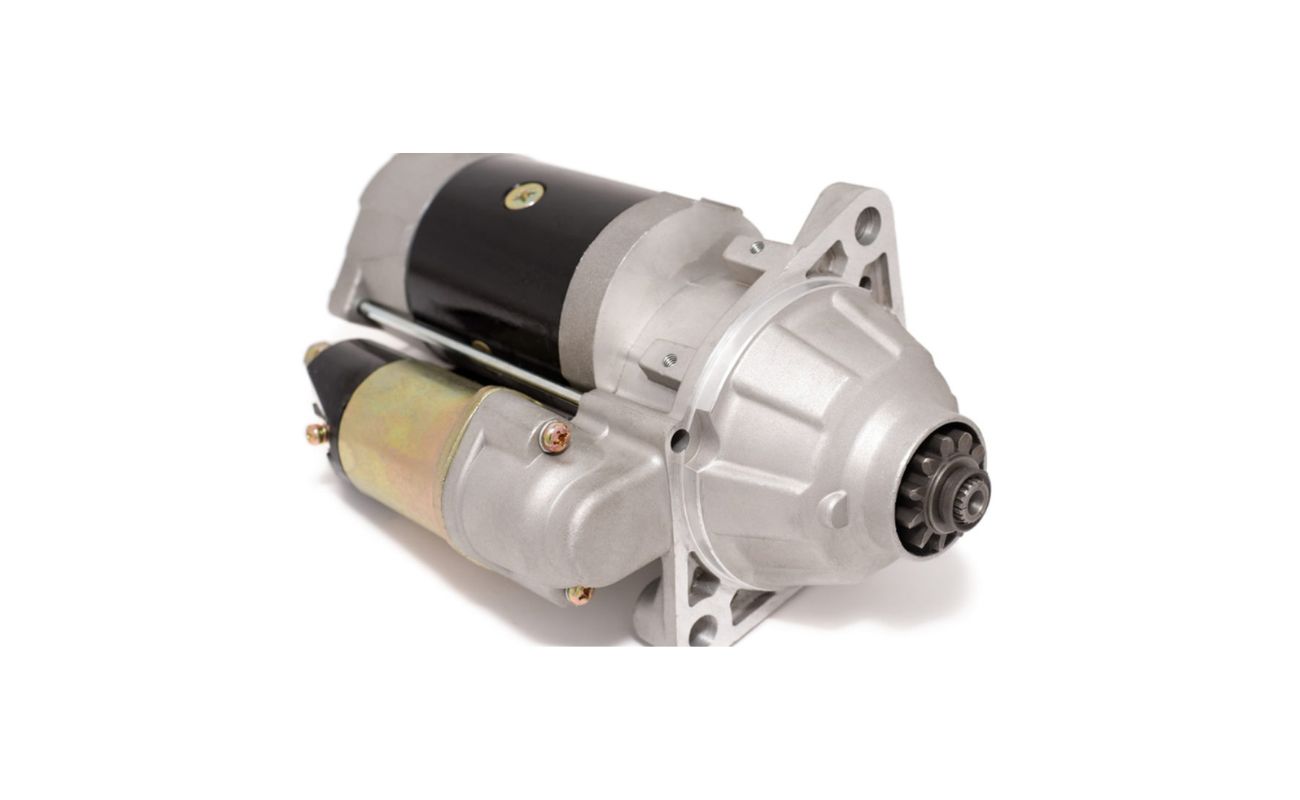How Much Does It Cost To Repair A Starter

Diagnosing a faulty starter motor can send shivers down the spine of even the most seasoned automotive technician. While often perceived as a straightforward fix, the cost to repair or replace a starter motor can vary significantly based on several factors, including vehicle make and model, the extent of the damage, and whether you opt for a new, remanufactured, or used replacement. This article delves into the intricacies of starter motor repair costs, exploring technical specifications, engineering choices, real-world performance, alternatives, reliability aspects, maintenance tips, and future trends.
Understanding the Costs: A Breakdown
The cost to repair or replace a starter typically falls into two categories: parts and labor. Starter motors themselves can range in price from around $100 for basic models found in older, less complex vehicles to upwards of $500 or more for high-performance or specialized applications. OEM (Original Equipment Manufacturer) starters will generally command a higher price than aftermarket alternatives due to stricter quality control and adherence to specific vehicle specifications. However, reputable aftermarket brands often offer comparable performance at a more competitive price point.
Labor costs are heavily dependent on the vehicle's design and the accessibility of the starter motor. Some starters are conveniently located on top of the engine, making replacement relatively quick and inexpensive. Others are tucked away in difficult-to-reach areas, requiring the removal of other components such as exhaust manifolds or intake systems, significantly increasing labor time. Typical labor rates range from $75 to $150 per hour, and a starter replacement can take anywhere from one to four hours, or even longer in complex cases.
Technical Specifications and Engineering Choices
Starter motors are robust DC electric motors designed to provide the initial torque required to crank the engine. Their internal components include the armature, field windings, brushes, solenoid, and overrunning clutch (or Bendix drive). The solenoid acts as an electromagnetic switch, engaging the starter pinion gear with the flywheel ring gear and simultaneously closing the circuit to deliver high current to the starter motor. The overrunning clutch prevents the engine from spinning the starter motor at excessive speeds once the engine starts, protecting the starter from damage.
Engineering choices in starter motor design involve considerations such as the motor's power output (measured in kilowatts), gear reduction ratio, and the materials used in its construction. Gear reduction is crucial for increasing the torque output of the starter motor, allowing it to effectively crank larger and more powerful engines. Manufacturers often use planetary gear systems for their compact size and high efficiency. The materials used in the starter motor's construction, such as the grade of steel used for the armature shaft and the quality of the insulation on the windings, directly impact its durability and lifespan.
Remanufactured vs. New vs. Used
When faced with a faulty starter, you have several options: a new starter, a remanufactured starter, or a used starter. New starters offer the highest level of reliability and come with a manufacturer's warranty. Remanufactured starters are used starters that have been disassembled, cleaned, inspected, and rebuilt with new or reconditioned parts. They often offer a cost-effective alternative to new starters, while still providing reasonable reliability. Used starters are the cheapest option, but they come with significant risks as their history and remaining lifespan are unknown.
Pros and Cons:
- New: Pros: Highest reliability, full warranty. Cons: Highest cost.
- Remanufactured: Pros: Lower cost than new, typically comes with a warranty. Cons: Reliability may be slightly lower than new.
- Used: Pros: Lowest cost. Cons: Highest risk of failure, no warranty.
Reliability and Maintenance
Starter motor failures can be caused by several factors, including worn brushes, a faulty solenoid, damaged windings, or a failing overrunning clutch. Preventative maintenance can help extend the life of your starter motor. Ensuring that the battery is properly charged and the electrical connections are clean and tight is crucial. Avoid prolonged cranking, as this can overheat the starter motor and shorten its lifespan. If you notice any unusual noises during starting, such as grinding or clicking, have the starter motor inspected by a qualified technician promptly.
Future Trends
The automotive industry is rapidly evolving, and starter motor technology is no exception. Start-stop systems, which automatically shut off the engine when the vehicle is idling, are becoming increasingly common. These systems require more robust starter motors that can withstand frequent starts and stops. Advanced starter motor designs incorporate features such as brushless motors, which offer increased efficiency and durability. Furthermore, the rise of hybrid and electric vehicles is leading to the development of integrated starter-generator systems, which combine the functions of the starter motor and alternator into a single unit.
Conclusion
The cost to repair or replace a starter motor can vary widely depending on several factors. Understanding the technical aspects of starter motor design, the differences between new, remanufactured, and used options, and the importance of preventative maintenance can help you make informed decisions and minimize repair costs. As the automotive industry continues to innovate, starter motor technology will undoubtedly evolve, offering improved performance, efficiency, and reliability. Staying abreast of these advancements is crucial for automotive professionals to provide the best possible service to their customers.
